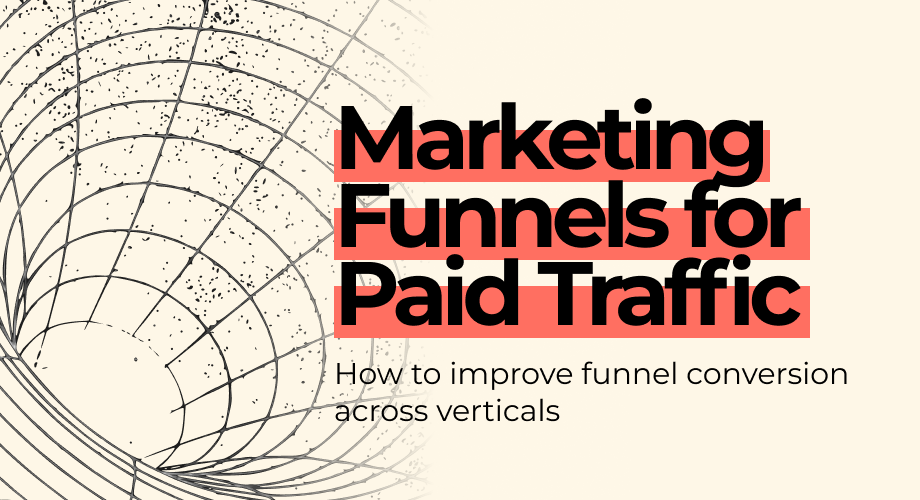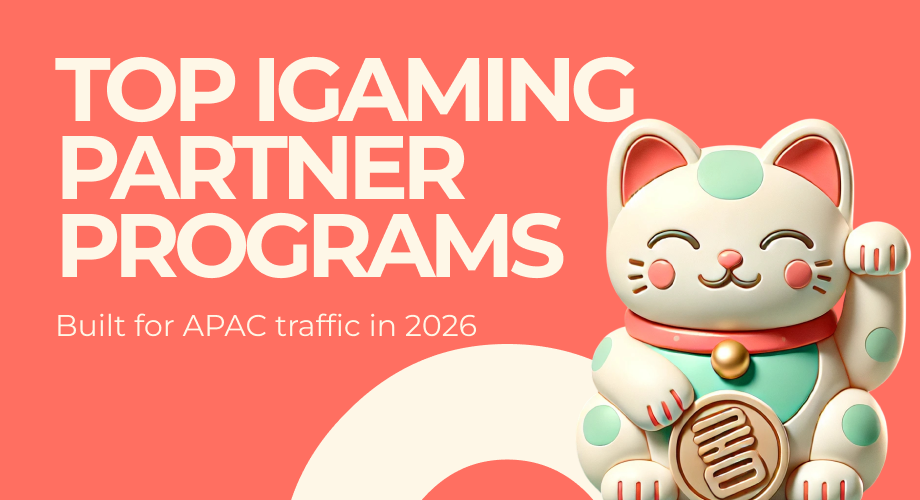Native advertising is a comparatively new popular direction in advertising. It is widespread among the online advertising and it’s adorable for distributors and consumers.
Imagine: publishers are always on the hunt for the best way to earn money from their content on their websites and they are always trying to seek new, less-intrusive ways to impress the desired audience. Blending with existing editorial content is the superpower of native ads. It makes them attractive for the both sides of the advertising process.
But what is happening within the native advertising sector today? We have a lot of popular terms such as native display, in-feed distribution, in-stream native, true native, in-ad native, premium native, branded content, content partnerships, content discovery, content recommendation, content widgets and many more phrases surfacing. Many of these have the same meaning, some have a difference or subtle difference.
Are you searching for the list of the main formats? Here you are!
In-feed units
In-stream native or In-feed units or is aimed to contribute a preview of specific content within a publication’s natural environment.
Probably it is the most popular example of native industry. That is why all the social media platforms as Facebook, Instagram, Twitter or Snapchat contain native ads.
The key points of in-feed units are:
- Promote a native ad like something that user is interested in
- Match the look and format of the ad unit to the web-site owners’ content
- It is marked as sponsored or promoted content
This type was accepted by the key Internet companies to provide the content to users in the most organic way. It is often slipped in between content that appears on social media and news sites that use an “infinite scroll” feature, which has become especially popular on mobile and in-app.
With the diffusion of mobile devices, the tendency of making in-feed content spilled over the publishing industry. Many famous magazines as a Forbes started including the feed details into their environment. They promote responsive design to bring in-feed format to their mobile sites and apps.
Search ads
Search ads are also known as a searching advertising, paid search ads or search engine advertising.
Search advertising is effective format because when people use searching engines they become wide open. That means that marketers could now rely on the intents and interests of users. Advertisers find out what users really want to know or buy when they search. Then there is a chance to make keywords working for you: when your bid will be the first and users watch your ad when looking for special things.
Google is mostly common for searching ads. It’s so popular that is even known as Google advertising. Besides Google there are Bing Ads that is cheaper to use.
Search advertising networks as an AdWords perform on an auction-like system, where it is necessary to bid to appear in certain search results. How much would you pay per click or where and when your ads would appear is determined by your bid and a Quality Score that is a measure of the relevance of your ads to the keywords you are bidding on.
Recommendation widgets
This format is possible to understand as suggestions for related content you would be interested in. On most websites we can find headings “Recommended for you” or “You may also like” that means the recommendation widget is right here. Usually when you are reading some valued information, other brands and publishers suggest their own related information.
Usually widgets are integrated into the page and addresses to a page of the site, has not been sold with a guaranteed placement. It is measured by views, likes, shares or time that is spent on a page.
Recommendation widgets have quickly risen to be the most popular option of the native area. They are often shown on sites via content discovery platforms like Outbrain, Taboola, Gravity and Disqus. This type of content is distributed by brands and publishers through working with these resources.
Promoted listings
It’s found on sites that don’t have editorial content wells. It is only visible on ecommerce sites and alike. These ads are highly targeted and relevant, often based on the user’s recent behavior on the web.
These ads look nearly identical to other products or services on a given site. Promoted listings are completely matching other products or services, but they are noted like an ad.
This native ads’ type is quite similar with paid search ads. The difference between them is in their search position on the page.
In-ad ( lAB standard)
Here let’s remember traditional ads. In-ad format of native advertising look like typical banners. These ads appear in standard IAB containers. These ads are placed outside of the main text as traditional ads. But it’s different because it has great contextual relevancy with the publisher.
In-ads combine all the recognizable symbols like brand’s logo, image and a bit of text. They are connected with a landing page and they have a narrowly targeted placement and drive brand engagement.
This type of native ads is sold with guaranteed placement and these ads still match the content. That is why the advertiser knows, which content will surround his ads. These ads match the page function and introduce new behavior.
So, summing up, now you understand that all the types of native ads are impetuous, plucky start-up ad medium that tears up the rulebook, seeks out disruption and challenges existing ways of doing business. Its fluidity means it can adapt to the changing needs of digital, creating hybrid models that are difficult to categorize, constantly influx and a challenge to pin down. And it’s a complication. But when you understand the profit of it for both sides of the process and do not affect users, there is no doubt that they have revolutionized the industry and became great achievement in online.


